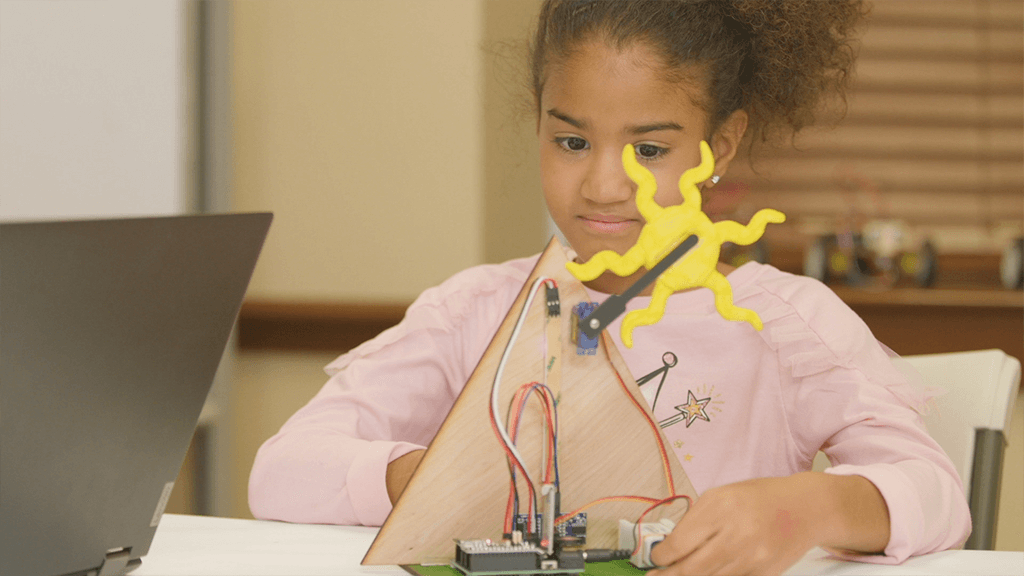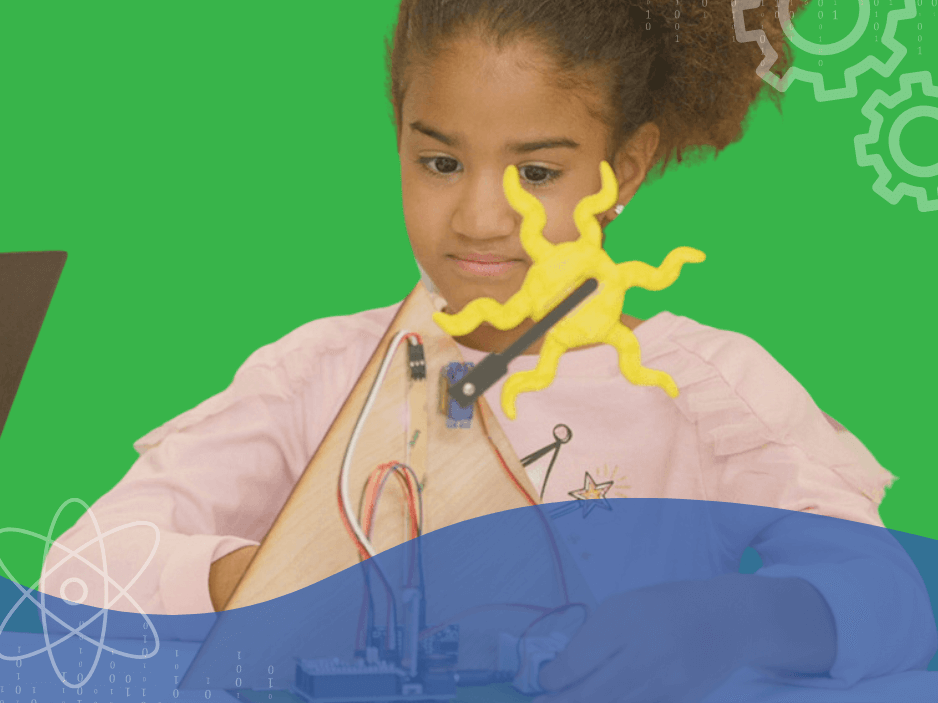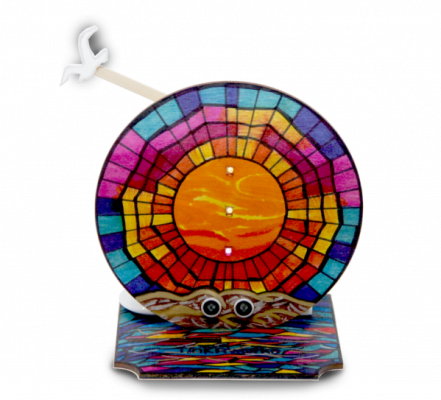Author: Dr. Anu Mahajan, TinkRworks Co-founder and Chief Innovation Officer
STEM is an amalgamation of four subjects, science, technology, engineering and math, into one cohesive curriculum. The ethos of STEM is problem solving. The original goal of implementing this cross-disciplinary content was to give students a strong foundation in hard skills and create the next generation of problem solvers.
STEAM is a variant of STEM that also includes the arts (A) to emphasize a more creative, artistic approach to problem solving that encourages communication and collaboration.

Why Add the “A”?
When you think of Apple, which Steve do you think of? Probably Steve Jobs, although Steve Wozniak is an equal cofounder. A brilliant engineer and problem solver, Wozniak is responsible for a large part of the initial technological innovations that put Apple on the map. So why is Jobs the name we always associate with Apple?
While both Jobs and Wozniak are talented at the hard skills associated with engineering, Jobs was also a master at communication and marketing. This allowed Apple to reach a broader audience and eventually become the industry’s leading innovator.
The Art of “A”
Solving a problem is not inherently innovating. The innovation comes from the inclusion of the arts, or the “A.”
But what does the “A” really represent?
It represents art in all its forms—
- The art of self expression.
- The art of design.
- The art of communication.
- The art of understanding.
- The art of collaboration.
- The art of beauty.
- The art of integration.
- The art of flexibility and openness.
It involves considering oneself and the user.
For instance, Art Electric is one of our most popular projects. It is a simple project at face value. The students can choose one of three kits: a circle, square or triangle. From there, they’re asked to create a thematic element that they can bring to life as users look at their project. We get a thousand different variations—a square could become a house; a triangle becomes a pizza slice or a mountain. Then the student adds light, movement and sound to engage all senses in their project.
Building Innovators
The addition of the arts also allows for the development of a variety of soft skills often neglected in traditional STEM education: critical thinking, communication, collaboration and creativity. Having the ability to communicate the solution to a problem is just as important as solving the problem. An exemplary problem-solver can be crippled by a lack of ability to work with other people or communicate their ideas to their peers.
Many of our projects require students to pair up with someone and solve a problem. Teamwork is inherent in our curriculum. It is integrated formally in our assessments, including each student’s digital portfolio, which all students use to document their learning process and share it with others.

STEAM, when done properly, will enable children to transform themselves into 21st-century learners and doers. With TinkRworks, students’ projects not only solve a problem, but reflect their being and their personality as well. Students become open to new ideas and collaboration. They gain the skills all educators hope their students will gain— becoming not only problem solvers, but innovators.



